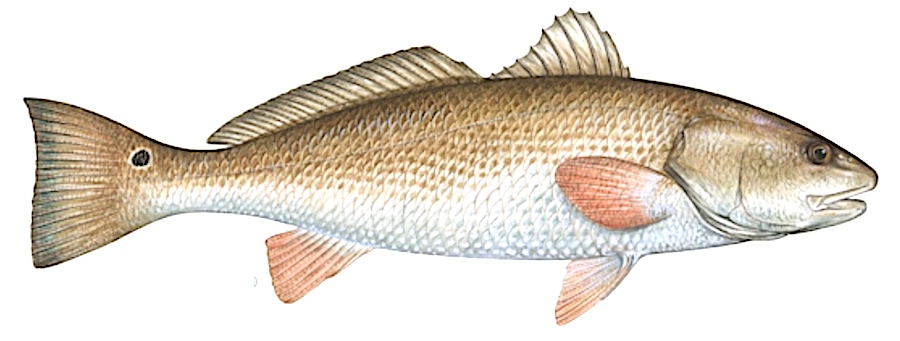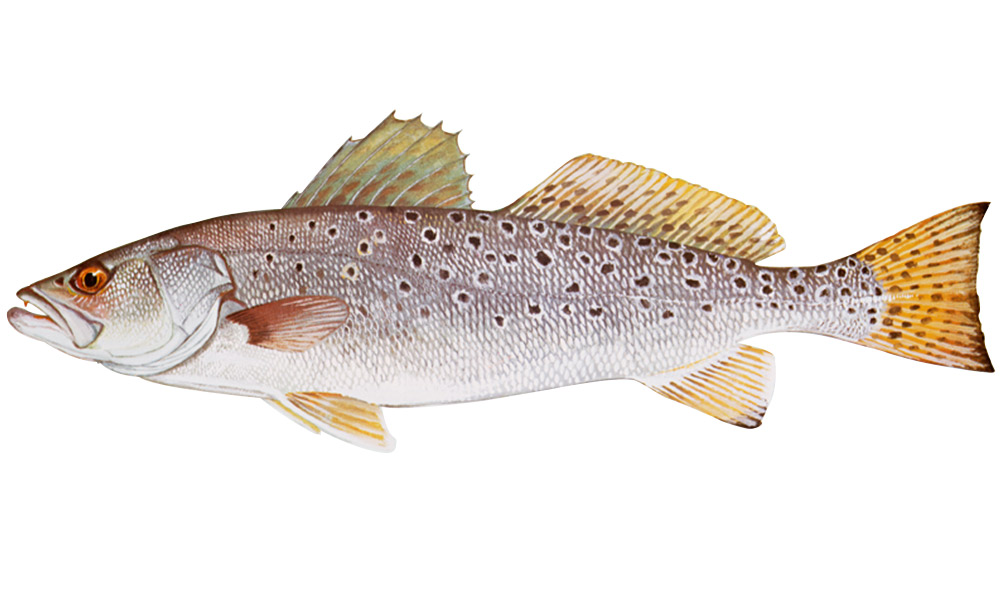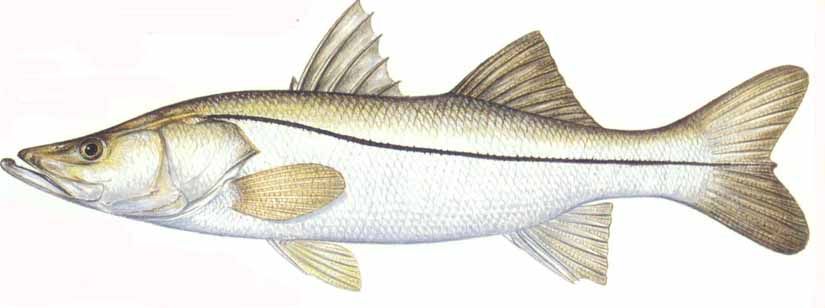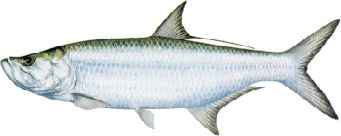Cape Crossing Resort & Marina is located on Merritt Island, Florida and situated on a canal connecting the Sykes Creek, Indian River & Banana River! The marina is the gateway to one of the two most diverse ecosystems in the western hemisphere, the world famous Indian River Lagoon and world-class river fishing.
The Indian River Lagoon is home to a wide array of sport and game fish. Popular species include snook, redfish, tarpon and spotted sea trout. Drum, sheepshead, catfish and ladyfish also swim the Lagoon system and its estuaries, making game for lighter tackle. Test your skills against Redfish, Specks, Tarpon, and Snook (just south of the NASA Causeway Bridge is a hotspot for these hard fighters) as rockets launch overhead! Cast nets are likely to nab mullet schooling in shallow waters of the barge canals and close-to-shore river fishing spots.
The average depth of the Indian River Lagoon is about four feet and historically, seagrass flats covered almost the entire bottom. Seagrass beds provide great river fishing experiences, particularly during the summer baitfish season with redfish, seatrout, snook, and tarpon. Mangroves line much of the undeveloped shoreline and are a primary food source for small fish and invertebrates. This in turn attracts large game fish.
Spotted Seatrout
Red Drum (Redfish)
Snook
Tarpon
Ladyfish
Catfish
Black drum
Jack Crevalle
Pompano
Mangrove Snapper
Bluefish
Below are four of the best reasons to fish in our area. Besides the four listed, the Indian River also hosts Jack Crevalle, Pompano, Black Drum, Tripletail, Groupers and Snappers, and many more.

Redfish like to school over shallow grass flats feeding on shrimp crabs and mullet as well as other bait species They eat most anything so use all types of bait including soft lures. They can reach about 50 lbs, however the average is about 6 pounds.
Using spinning gear with light tackle is a tried-and-true way to battle Redfish. It’s perfect for novice and experienced anglers alike, but don’t forget about fly fishing, too. This technique is beloved along the banks of the river, as many world-record-sized species have been hooked “on the fly.”

Spotted Seatrout (or Speckled Trout) reach a maximum size of 20 pounds with the average weighing in about 2 lbs. They will hit live shrimp, finger mullet, pigfish, and many other baitfish species. During the summer, school size trout from 10 to about 15 inches.
Seatrout can be found congregating on 2 to 4 foot flats as well as under docks and other structures. Trout can also be caught around mangrove lined shorelines in canals and other deeper areas.

Snook are primarily ambush predators that hug mangrove shorelines along the lagoons, in canals, at the mouth of creeks, under docks and along rocks and oyster bars. Jumbo live shrimp, finger mullet, or pigfish are good live bait to use. Best times to catch Snook are at dawn or dusk. They are strong fighters and jumpers and can reach about 50 pounds with the average being 5 or 6 pounds.
Snook are a subtropical to tropical species and cannot tolerate cold water so the best fishing will be summer and fall.

Tarpon are the largest species of Herring in the world and can grow more than 200 pounds but the average locally is from 5 to 20 pounds. When hooked they will put on an entertaining aerial display. Tarpon can be notoriously finicky eaters.They are attracted to topwater and subsurface plugs, spoons, jigs, and soft baits.
Juvenile tarpon from 2-20 pounds are also fun to catch.
Copyright © 2025 Cape Crossing Boat Rentals